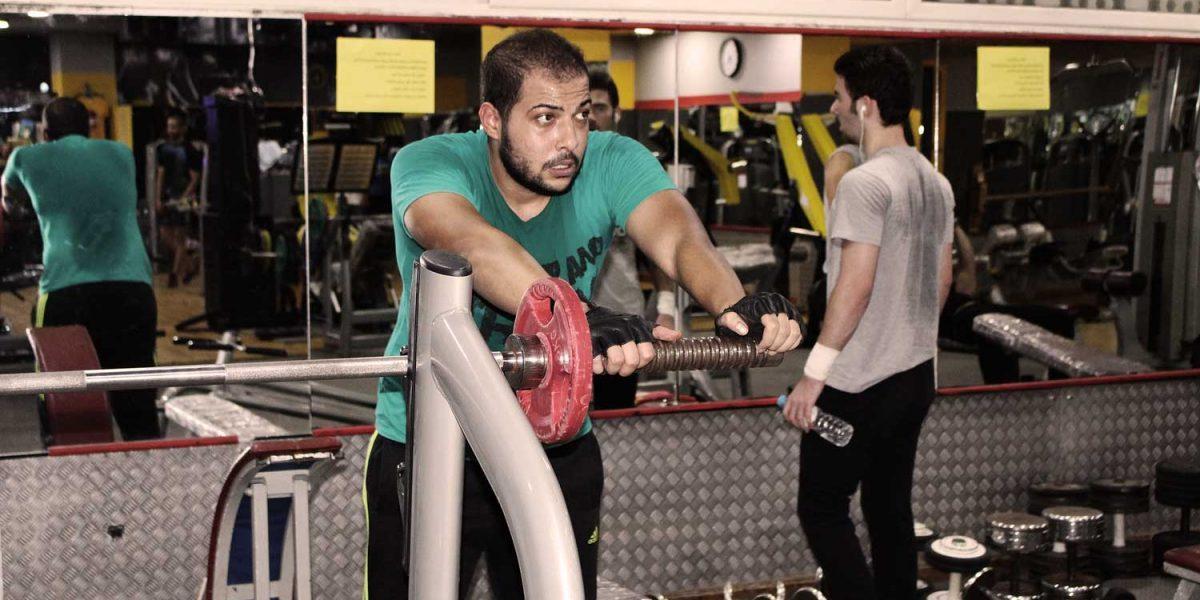
What actually causes muscle soreness?
You’ve kick-started your morning with some stair drills or a pump class to get you moving.

Half way through through those squats, you begin to feel the burn. And by the time the next morning comes around, you’re probably wincing at the fact that you may never walk (or squat) again.
Sound familiar?
We call it the next-day effect.
Whilst muscle soreness after a workout can often be the pits, it can also make us feel like we’ve accomplished something worthwhile. Is this really the case? And what’s really going on in there?
Delayed Onset Muscle Soreness
Let’s start by getting the terms straight. Delayed onset muscle soreness (also known as DOMS) is that (sometimes) unbearable stiffness that you may experience a few days (or more) after exercise.
“When we talk about DOMS, we’re referring to the muscle soreness that kicks in 12-72 hours following a high-intensity workout. We call it the next-day effect,” Christine Fletcher, physiotherapist from Function Physio, told The Huffington Post Australia.
“This is different to the burn that you may feel if you’ve just exercised.”
Whilst the cause of this burn has been debated, experts tend to agree that it comes down to a build up of lactic acid.
DOMS, on the other hand, is caused by microscopic tears that damage the muscle.
“These micro-tears happen during a heavy workout. With the amount of blood flow that is pumping around your body, a couple of hours after, the tissue starts to repair. This is when you start to actually feel that pain,” Fletcher said.
And it is the repair to these micro-tears that results in muscle growth.
A certain amount of soreness is expected after a workout and usually it is seen as a good effect.
“As a result of the micro-trauma, the muscle decides to build up and replenish tissue. It becomes striated properly, a better matrix is formed and there is less fat left in between muscle,” Fletcher said.
“You’ll start to see definition, tone and increased bulk.”

How much is too much?
Whilst DOMS can (at times) be an indication of an effective workout, it can also be taken too far.
“A certain amount of soreness is expected after a workout and usually it is seen as a good effect. But it all depends on your situation and what you’re working towards,” Fletcher said.
“If you are engaging in lots of high-intensity strength training and your desired effect is to gain muscle, you do want to have the DOMS effect to build on that muscle.
“But if the effects are lasting more than three days and you’re finding yourself unable to function, you may have pushed yourself too far.”
If the soreness is an injury, the pain certainly wasn’t worth it.
Prolonged muscle soreness can be a result of working out consecutively for several days on the same muscle group.
“If you are getting too much DOMS, you may start to experience spasms which are more than micro-tears. And that can lead to injury,” Fletcher said.
“If the soreness is an injury, the pain certainly wasn’t worth it.”
On the other end of the spectrum, not being sore doesn’t necessarily mean your muscles aren’t growing — or that you are not reaping the benefits.
“Whilst a certain amount of soreness can be expected after a workout, this can vary from person to person and its not always a reflection of your workout,” Fletcher said.
“You may still be reaping the cardiovascular benefits or improvements to your mental state. So don’t stress!”

First things first, Fletcher suggests being mindful of your exercise routine and planning your workouts diligently.
“Don’t do high-intensity workouts on top of each other and think about switching up muscle groups,” Fletcher said.
She also recommends engaging in gentle exercise to partially relieve the effects of DOMS.
You don’t want to stand still.
“A cold water bath or a massage on the night of or the next day can also help. But if you’ve micro-teared muscle, you’ve micro-teared muscle!”
Article and images sourced from Huffington Post.
